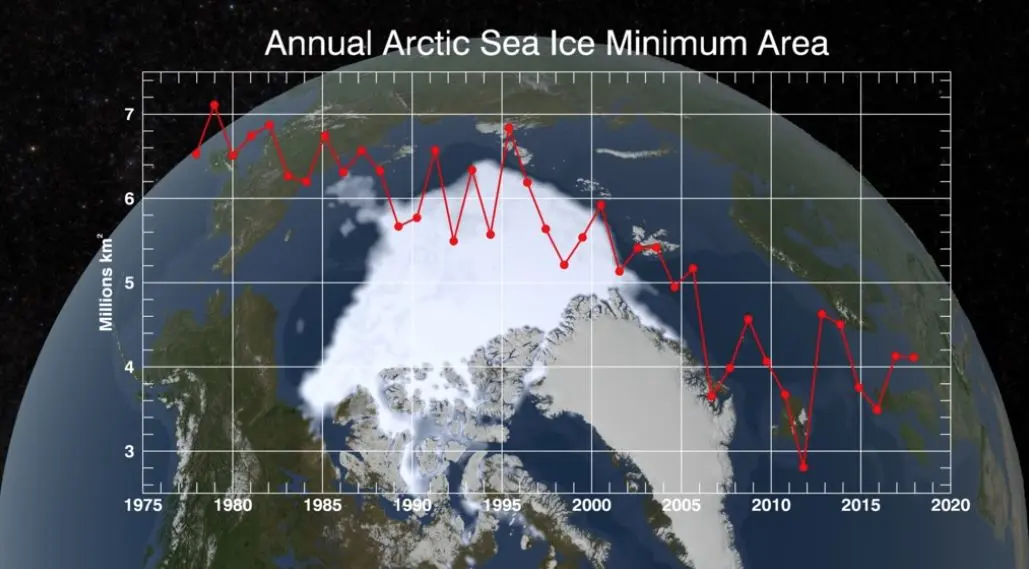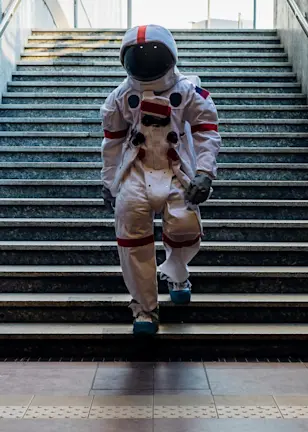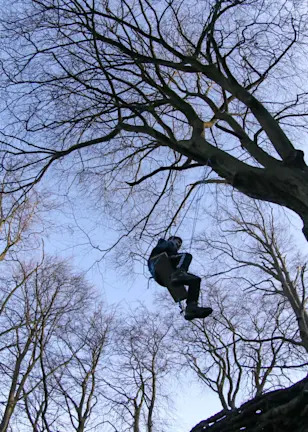免责声明
荷宝私募基金管理(上海)有限公司及其关联公司(“荷宝”)授予您访问本网站的权利, 但您需遵守以下条款和条件。请您仔细阅读以下条款和条件。
访问本网站及其任何页面, 即表示您声明并保证您所在司法管辖区的适用法律和法规允许您访问该信息, 并且您已同意以下条款和条件。如果您不同意这些条款和条件, 请不要访问本网站。 荷宝保留更改该等条款和条件的权利, 您应当定期查看此类更改, 您继续使用本网站即表示同意所有此类更改。
本网站上的任何内容均不构成税务、会计、监管、法律、保险或投资建议。本网站所载的信息或任何意见均不构成荷宝对买卖任何证券、期货、期权、基金或其他金融工具的招揽或要约, 并且若在任何司法管辖区内, 根据其适用法律, 此类要约、招揽、购买或出售是违法的, 也不得向任何人提供或出售任何此类金融工具。
限制
本网站不针对由于任何原因本网站被禁止发布或使用的司法管辖区内的人士, 任何适用此类禁令的人士不得访问本网站。访问本网站的用户有责任遵守适用法律法规。
信息与材料
这些页面中包含的信息, 材料, 条款, 条件和说明可能会有所变化。本网站包含的信息和材料, 包括但不限于文本, 图形, 链接或其他项目, 均为“现有”或“现存”信息。
荷宝尽合理努力在本网站中提供准确和最新的信息。但是荷宝不保证此信息和材料的准确性, 充分性或完整性, 并明确表示不对此类信息和材料中的错误或遗漏承担责任。您必须自己评估本网站所含信息的相关性, 准确性和充分性, 并进行您认为必要或适当的独立调查, 以进行此类评估。本网站包含的任何意见或估计均为一般性的, 您不得依赖其作为建议。
荷宝及其任何雇员或代理均未对您或任何特定人士或群体的投资目标, 财务状况或特殊需要进行任何考虑或调查。因此, 对于因您或任何人士或群体根据本网站包含的任何信息, 意见或估价而直接或间接造成的任何损失, 荷宝不作任何保证, 也不承担任何责任。
用于编制本网站的任何研究或分析均由荷宝获得, 供其自行使用, 并且可能是出于其自身目的而采取的行动。荷宝保留随时更改和更正意见、本网站及相关材料和链接的权利, 恕不另行通知。
不保证: 限制与责任
荷宝提供本网站的信息及材料, 但不作出与此相关的任何保证, 无论是明示的, 暗示的或法定的保证, 包括但不限于不侵犯第三方权利, 所有权, 适销性, 适用于特殊用途, 或免于计算机病毒的保证。
对于通过使用或访问本网站可能导致的任何形式的损失或损害, 包括直接的、间接的或后果性的损害, 荷宝均不承担责任。
互联网用户应该意识到, 由于我们无法控制的情况,
互联网上的通信可能会受到干扰、传输中断、数据传输延迟或错误的影响。荷宝明确表示不对中断、缺陷、操作或传输延迟、计算机病毒或系统故障,
或与本网站提供的信息和材料中的任何错误或遗漏承担责任。此外, 对于与本网站、使用或无法使用本网站有关或由此引起的任何损失或损害,
或任何未经授权方和任何计算机病毒篡改用户计算机系统的行为, 荷宝均不承担责任。
Sustainable Investing
Climate change
Climate change means the changes seen in weather patterns due to the heating of the Earth’s atmosphere.
The long-term burning of fossil fuels since the industrial revolution of the 18th century has led to the gradual accumulation of greenhouse gas that become trapped in the atmosphere. Research suggests that the Earth has already heated up by around 1 degree Celsius since the 1780s and continues to do so.
Many new forms of more extreme weather pose a threat to many forms of life on the planet. The principal effect of a warmer atmosphere is to create more moisture, leading to heavier and more unpredictable rainfall, causing floods and increasingly destructive storms. It has also led to more extreme summer temperatures, causing droughts and forest fires, and the growing ‘desertification’ of formerly fertile areas. Ten of the world’s hottest years in recorded history have occurred since 2005, while the amount of CO2 in the atmosphere is now at its highest level for three million years.
Aside from more extreme weather, climate change threatens agricultural production, as milder winters and earlier springs interrupt crop-growing patterns. Higher temperatures have a double whammy effect on insects. In warmer areas, they threaten to wipe out the ‘friendly’ insect population on which plants rely for pollination. In colder areas, warming threatens to expose countries to the ‘unfriendly’ disease-bearing insects that they currently avoid.
Polar regions are heating faster than more temperate areas due to the ‘ice-albedo feedback’, where land laid bare by melting ice absorbs more sunlight, causing more heating, which causes more melting. Thawing permafrost in the northern regions of Canada and Russia poses a separate threat, in that they act as giant stores of captured greenhouse gases. These gases would be released on melting, accelerating climate change further. Trees also act as a carbon sink, which means deforestation adds to global warming, accounting for about 11% of emissions, according to the World Resource Institute.
Research showing that 90% of greenhouses gases have been absorbed by the ocean has greatly increased its acidity, leading to the death of coral and other marine life. The extinction of coral reefs and many fragile ecosystems has already been noted in areas such as Australia, which suffered record bush fires due to extreme temperatures in its summer of 2020, and has lost up to 90% of the Great Barrier Reef.
Figure 1: Annual Arctic Sea Ice Minimum Area

Source: NASA
Meanwhile, warmer oceans are gradually eating away at coastal glaciers, melting them even further. The total effect of melting glacial ice in the Arctic and Antarctic is to raise sea levels, estimated to have caused almost 2 cm of sea level rise since 1980. The International Panel on Climate Change (IPCC) warned in 2019 that left unchecked, global warming will raise sea levels by about 1.1 meters by 2100, threatening many coastal cities.
















